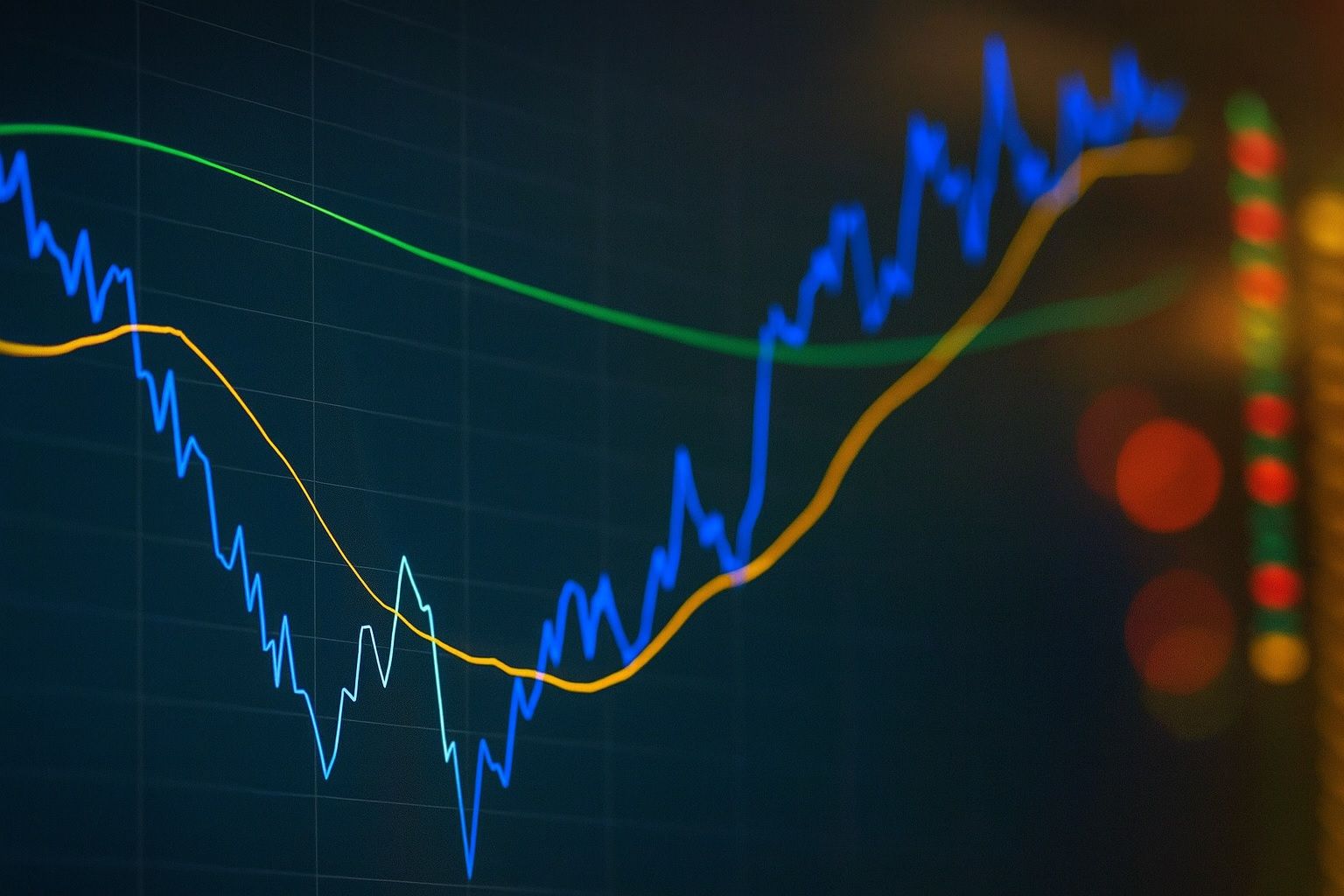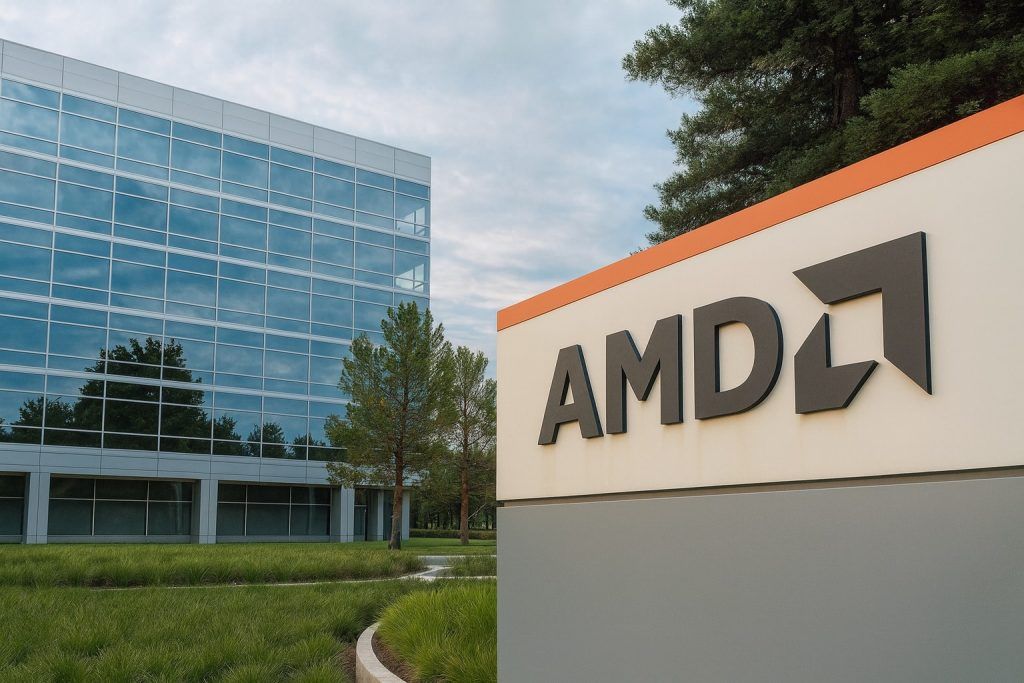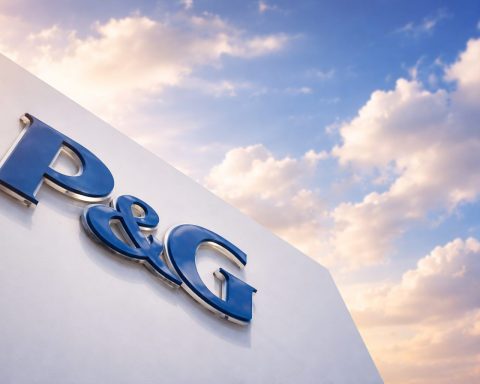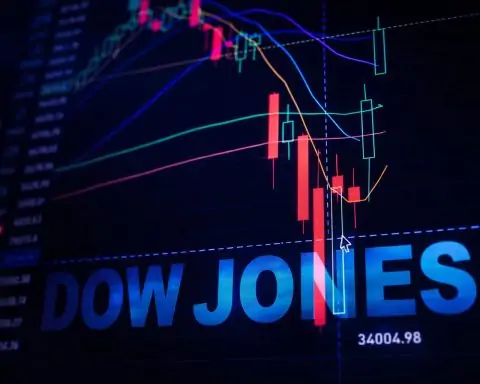Updated: November 7, 2025
The tech trade just hit a speed bump. The Nasdaq-100’s big 2025 rally cooled this week as investors took profits in AI leaders, handing the tech complex its worst weekly drop since April. The Invesco QQQ Trust (QQQ) closed Friday at $609.74, down about 3.1% from last Friday’s close—yet still well above summer levels and not far from its Oct. 29 all‑time high close near $636. [1]
At the same time, fresh analysis published this week put QQQ under the microscope versus two popular alternatives: its lower‑cost twin QQQM and sector‑pure VGT. Below, we round up today’s market action and what the latest research says about which fund fits which investor.
What changed today (Nov. 7)
- Tech led the pullback. The Nasdaq capped its worst week since the April “Liberation Day” tariff selloff, with analysts chalking it up to valuation anxiety after a blistering six‑month run. [2]
- QQQ’s weekly math: From Oct. 31’s close (≈$629.07) to Nov. 7’s close (≈$609.74), QQQ fell ~3.07%. That’s a notable setback—but not a trend by itself. [3]
- Context matters: Only days ago, QQQ was flirting with record levels (its all‑time high close: Oct. 29, 2025), underscoring how quickly sentiment can swing in AI‑heavy benchmarks. [4]
The new debate: “Buy QQQ at highs?” vs. “Is there a better tech ETF?”
Three fresh pieces frame the conversation investors are having today:
- Nasdaq/Motley Fool (Nov. 5): “Should You Buy Invesco QQQ ETF With the Nasdaq at an All‑Time High?”
Takeaway: Long‑term history still favors buying the Nasdaq‑100, thanks to its concentration in the largest growth platforms (Nvidia, Apple, Microsoft, Alphabet, Broadcom). As of Oct. 30, QQQ’s top five stocks made up ~39.5% of the portfolio—amplifying both upside and drawdown risk. [5] - TheStreet (Nov. 6): “QQQ considered best tech ETF, but numbers say otherwise.”
Takeaway: Vanguard Information Technology ETF (VGT) has quietly outperformed QQQ across many time frames and charges less (more on fees below). The thrust: if you want “pure tech” exposure, VGT may edge QQQ on cost‑adjusted returns. [6] - Seeking Alpha (today): “QQQM: Is the Nasdaq‑100 Index Still Best for Large‑Cap Growth Investors?”
Takeaway: Thoughtful skepticism about using a single, mega‑cap‑heavy index as a one‑stop growth sleeve; diversification, factor tilts, and valuation risk deserve attention. [7]
Fees, structure, and what actually differs
QQQ vs. QQQM: same index, different wrappers
- Index: Both track the Nasdaq‑100 (largest non‑financial companies on Nasdaq).
- Expense ratios:QQQ: 0.20%; QQQM: 0.15%. That 5 bps matters over long horizons, especially for buy‑and‑hold investors. [8]
- Trading use‑case: QQQ typically enjoys deeper liquidity and options markets, suiting traders, while QQQM is designed to be the lower‑fee, long‑term share class for the same exposure. [9]
VGT: “pure tech” rather than “Nasdaq‑100”
- Index: VGT tracks MSCI US IMI Information Technology 25/50, sticking to the official IT sector. That excludes notable QQQ staples such as Alphabet, Meta, Amazon (Communication Services/Consumer Discretionary), while overweighting core IT names like Microsoft, Apple, Nvidia, Broadcom, Adobe, Salesforce, etc.
- Expense ratio:0.09% (as of the latest fact sheet; Vanguard cut fees across dozens of funds earlier this year). [10]
A live structural story: QQQ’s potential modernization
- Invesco is seeking shareholder approval to convert QQQ from a UIT to a modern open‑end ETF, a change that could trim the fee to 0.18% and add operational flexibility (e.g., securities lending). A shareholder vote was adjourned for lack of quorum and the deadline extended to early December. [11]
Performance framing to keep today’s selloff in perspective
- Short‑term: This week’s ~3% drawdown dents but does not derail 2025 gains. Pullbacks like this are routine in momentum‑heavy indices. [12]
- Long‑term mix: Over the last decade, multiple independent comparisons have shown VGT edging QQQ on annualized returns (fee drag and sector purity both help), though QQQ has often led during “Magnificent 7” surges because it owns non‑IT growth franchises (Alphabet, Amazon, Meta, Tesla) that VGT doesn’t. [13]
- Concentration still rules: As the Motley Fool/Nasdaq piece highlights, five mega caps account for roughly 40% of QQQ—a powerful engine in bull phases, but a liability on weeks like this one. [14]
Which fund fits which investor right now?
- You want the Nasdaq‑100 “as is,” and you trade actively:
QQQ remains the liquid workhorse with the deepest options ecosystem. Today’s pullback doesn’t change its role as the default Nasdaq‑100 trading vehicle. [15] - You want the Nasdaq‑100 to hold for years at the lowest cost:
QQQM gives you the same index for 5 bps less in fees. For long horizons, that’s a simple, durable edge—especially inside tax‑advantaged accounts. [16] - You want “pure tech” (no Amazon/Alphabet/Meta/Tesla), maximum cost discipline:
VGT charges 0.09% and has historically posted strong long‑run returns as a sector fund. Just remember: sector funds can be even more cyclical than a broad growth index. [17]
Editor’s note on today’s tape
- Market move: Tech had a rough week; indexes slipped even as some non‑tech names held up. Week‑over‑week, QQQ −~3.07%; Friday close $609.74. [18]
- Bigger picture:Pullbacks are common in leadership trades. If your allocation choice (QQQ/QQQM/VGT) matches your time horizon, fee preference, and sector tolerance, a single week shouldn’t dictate strategy. [19]
Key facts, sources, and further reading
- Market wrap (Nov. 7): Tech’s worst week since April; indexes mixed. [20]
- QQQ price history: Friday close $609.74; Oct. 29 all‑time high close ≈$635.77. [21]
- QQQ at highs—what history says: portfolio concentration and long‑run context. [22]
- “Best tech ETF?” challenge: TheStreet argues VGT beats QQQ on cost and many return windows. [23]
- “Is Nasdaq‑100 still best for large‑cap growth?” Fresh critique of QQQM/NDX concentration risk. [24]
- Fees:QQQ 0.20%, QQQM 0.15%, VGT 0.09% (latest fund docs). [25]
- QQQ structure vote: UIT‑to‑ETF conversion proposal; vote adjourned/extended to early December. [26]
Bottom line
- Traders: QQQ is still the go‑to for Nasdaq‑100 liquidity; today’s volatility doesn’t change that.
- Buy‑and‑hold Nasdaq‑100: QQQM’s lower fee compounds quietly in your favor.
- Pure‑tech allocators: VGT’s lower cost and sector purity have historically delivered—with higher cyclicality.
This article is for information only and is not investment advice. Always confirm costs and performance on each fund’s official page and consider your risk tolerance and time horizon before investing.
References
1. www.investing.com, 2. www.marketwatch.com, 3. www.investing.com, 4. www.investing.com, 5. www.nasdaq.com, 6. www.thestreet.com, 7. seekingalpha.com, 8. www.invesco.com, 9. www.invesco.com, 10. fund-docs.vanguard.com, 11. www.barrons.com, 12. www.investopedia.com, 13. seekingalpha.com, 14. www.nasdaq.com, 15. www.invesco.com, 16. www.invesco.com, 17. fund-docs.vanguard.com, 18. www.investing.com, 19. www.investopedia.com, 20. www.marketwatch.com, 21. www.investing.com, 22. www.nasdaq.com, 23. www.thestreet.com, 24. seekingalpha.com, 25. www.invesco.com, 26. www.etf.com










